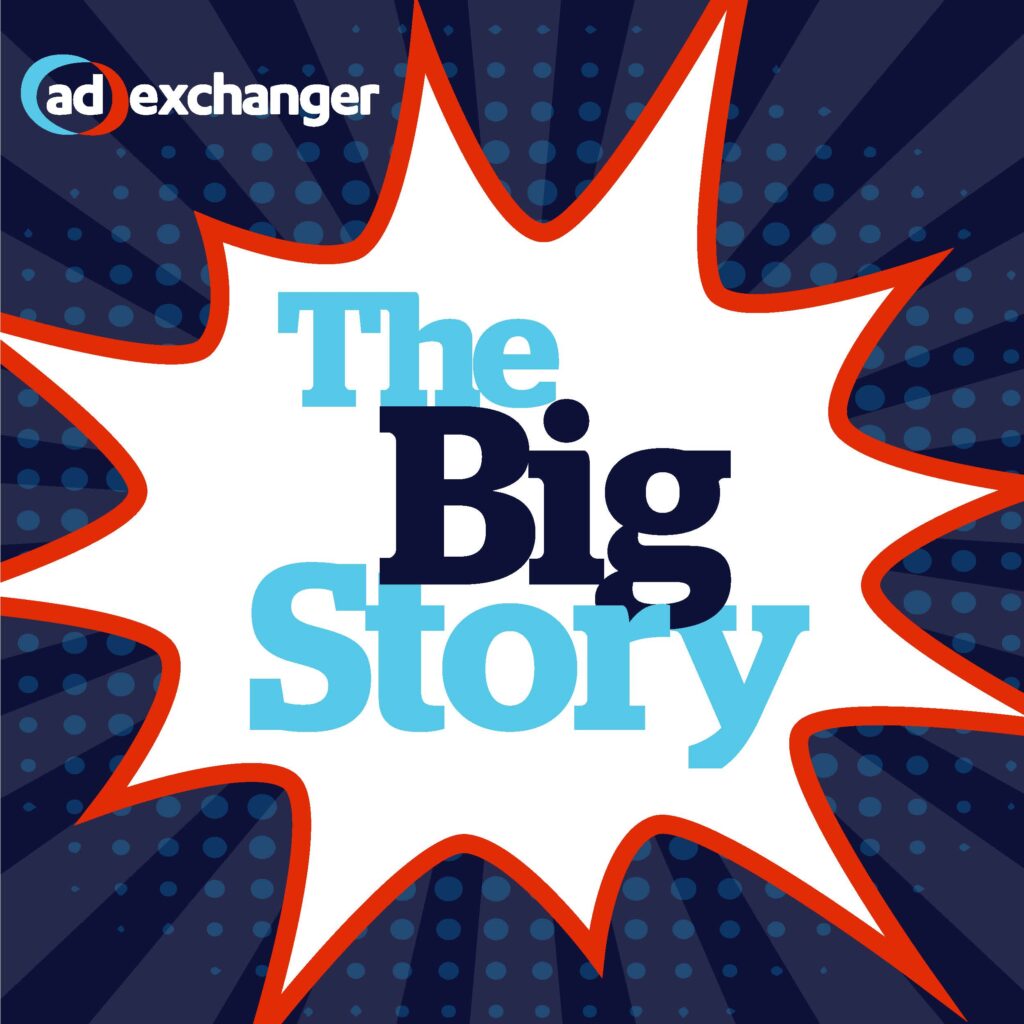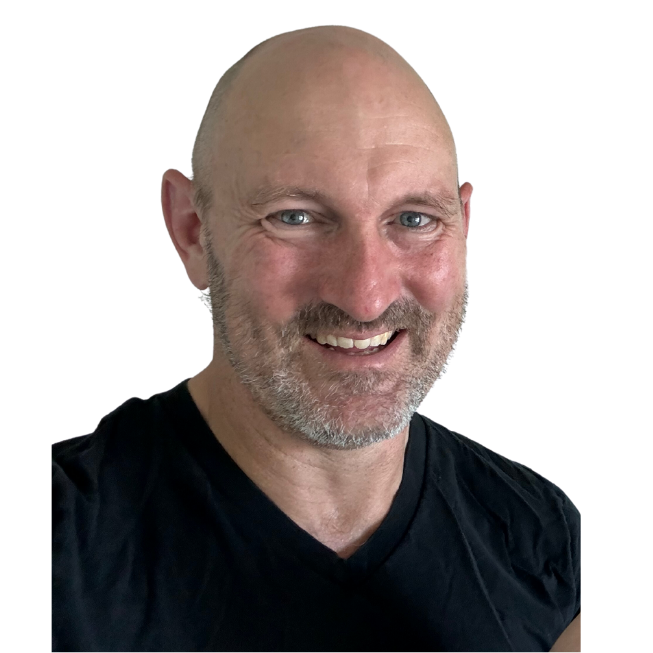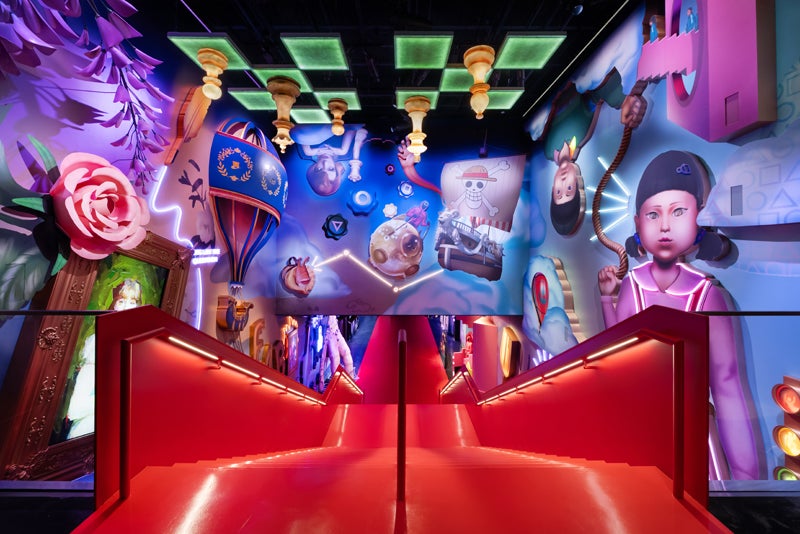Long ago, in a marketing world that now seems very far away, everything was run from headquarters. The corporate brandmeisters, always dressed in business formal, ruled with an iron will and a mass-market mandate. Cookie-cutter stores imposed their view of how people should shop and what they should buy. Conformity was king.
Then nimble folks in the field started eating away at the giants’ share. A little here, a little there. These small local guys made solid, business-building relationships with innovative shopkeepers, some of whom were managers of big chain stores. Rusty corporate thinking couldn’t react quickly enough. Long-distance marketing lacked the real power to influence shoppers one-by-one.
So funds began to flow from headquarters to the field. Not just trade dollars, but marketing funds, local promotion funds. New titles appeared like market brand manager and customer development director. The field ruled. The account handlers were bred and fed based on how well they knew the customer. Marketing could still run network TV, promotion could still run massive consumer promotions, but deals were made in the field with field money. And then . . .
. . . splintering, fragmented, disconnected, off-message, non-compatible hysteria. Things that would never get through the lobby at HQ were gobbling up brand funds in the trenches.
Now we enter the modern era. More promotion professionals are forcing a choice: HQ-driven, big-blinder tyranny, or in-the-field, loose-cannon mayhem? The answer: Both are wrong. Neither works if they go it alone. HQ and the field working in concert is the only way you can achieve not just success, but survival. You don’t have to be big to be in sync, you just have to dance and sing at the same time.
Technology is the master enabler. But just like that vacuum cleaner you thought was broken last weekend, it doesn’t work if it isn’t plugged in. Face it, you’re in denial. That militant techno-fanatic they just hired as head of “knowledge management” isn’t going to get tempted by some Internet startup job. And nope, upper management isn’t just going to say, “Ah, forget all that training stuff, let’s go back to the old days.” Well, the old days aren’t what they used to be. And as Durk Jager, ceo of Cincinnati-based P&G puts it, “The future isn’t what it used to be,” either.
Does it pay out?
“Why should we go through all these experiences and get beat up every time and forget about what we’ve done?” asks Dan Munson, manager of business information and analysis at Minneapolis-based General Mills. “We’ve built a learning database.” Knowledge is a company asset. And your knowledge about customers shouldn’t leave every Friday or be tempted away by the competition.
“Share knowledge beyond your department and out into the field,” says Conrad Honeycutt, senior vp of Minneapolis-based Gelco Information Network. “You need to tie your marketing and consumer promotion money into trade spending.”
That newly merged mega-account wants a national promotion but that summer seasonal program can’t start at the same time in Idaho as it does in Florida and Texas.
“Brand planners can put plans together at headquarters but let the total sales organization know the complete objectives, strategies, and intentions,” says Harris Fogel, vp-business development of Atlanta, GA-based CAS Americas, a customer-relationship management system provider. “The highest key account sales teams need to be in sync with the retail sales force. They need to know in real time what to execute in the right place with the right focus.”
“Once a promotion is sent from the brand group out to field sales and they plan what the estimated volume is,” says Fogel, “it really becomes the grassroots of a promotional forecast. This can be synchronized with the supply chain and enterprise resource planning systems so manufacturing and logistics can coordinate their activities and the right amount of product can be produced and distributed.” If you get turned off by back-end logistics, remember it’s pretty hard to run a successful promotion if the stuff isn’t in the store.
It’s an age of inter-dependence. You’re on projects with people that you used to see twice a year, at the holiday party and the company picnic. Extended networks are flourishing. Not just inside but with other trading partners and service providers. Closed systems are going away.
So don’t be caught in the conductivity gap – that ever-widening distance between those who can connect and those who can’t. My advice? Integrate or dis-integrate!



